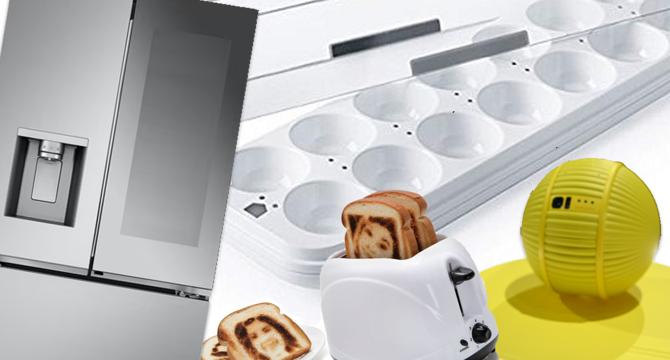Pymnts
4w
31

Image Credit: Pymnts
Smart Salt Shakers and Selfie Toasters: Meet the IoT Devices You Never Knew You Needed
- The connected economy driven by the Internet of Things (IoT) is transforming daily interactions and shaping consumer payment behavior.
- Device ownership, including smartphones, smartwatches, and voice-activated speakers, influences payment preferences towards digital wallets and online shopping.
- Consumers are categorized into personas based on their affinity for connected devices, providing insights for businesses in the evolving payments landscape.
- In the world of smart devices, innovative products like LG's smart mirror refrigerator and bizarre gadgets like a Voice-Activated Commode are emerging.
- The Selfie Toaster prints your face on toast, the Smart Salt Shaker dispenses salt via a smartphone app, and the HapiFork monitors eating speed.
- The MouthPad transforms your tongue into a computer mouse, Samsung's Ballie Robot follows you around projecting videos, and the Egg Minder tracks eggs in your refrigerator.
- While IoT has driven efficiency, the comedic value of quirky smart devices like these serves as a reminder that not all connected gadgets are essential.
- As technology advances, distinguishing between genuinely useful IoT devices and novelty items becomes crucial in enhancing daily life.
- The Internet of Things continues to introduce innovative products, but discerning practicality remains key in navigating the connected future.
- In a world of interconnected devices, understanding the impact of IoT on consumer behavior and everyday life is essential for businesses to adapt and thrive.
Read Full Article
1 Like
For uninterrupted reading, download the app